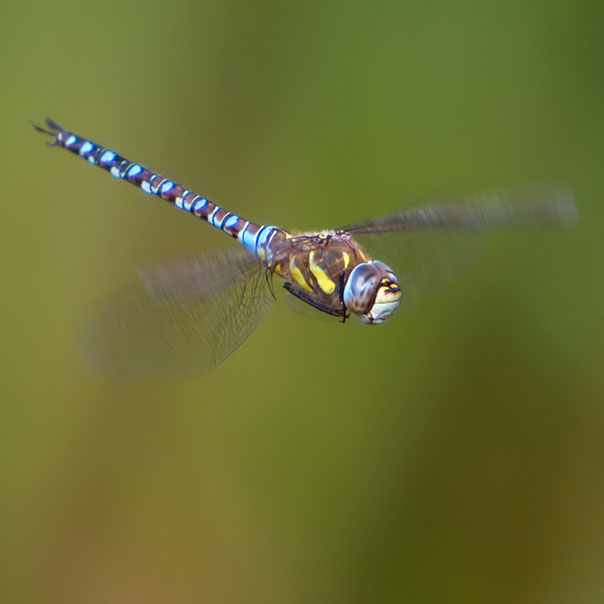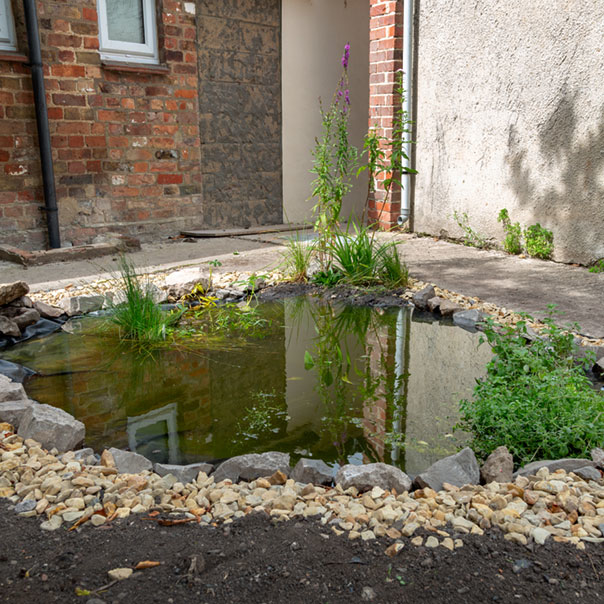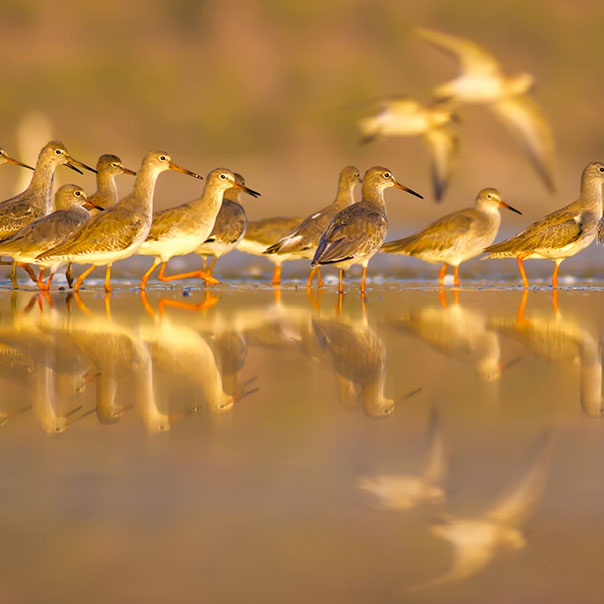Wetland wildlife in July
Wetland plants continue to dazzle, many young birds are now fully-feathered and we meet a whole new range of dragonfly and damselfly species.
It’s now mid-summer and our wetland wildlife is basking in the bounty of July, when food and warmth is plentiful all around. Many young creatures are growing up and making their first steps in the world.
July is the perfect month for getting out into a wetland and searching for dragonflies and damselflies. As well as many of the species that we saw emerge in June, there are now fresh odonata on the wing. The emerald damselfly is one of the later damsels to emerge, but it’s well worth the wait to spot their metallic green and blueberry-blue colours. For dragons, July is the emergence month for two main groups; hawkers and darters. You might see southern hawker (see our header image), common hawker and brown hawker, plus common darter, ruddy darter, black darter and red-veined darter. There will be dozens of odonata species on the wing this month and all you need to do in order to get a good look at them is visit your local wetland with a pair of binoculars.
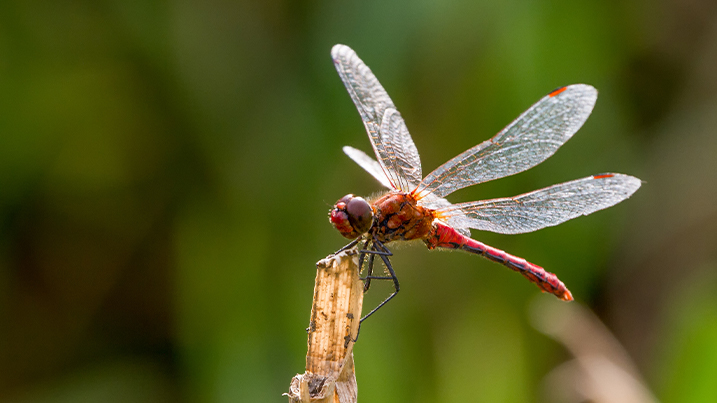
The season for insects
Wetlands are perfect habitat for many insect species – including moths. The larvae of wonderfully named species such as reed leopard, fenn's wainscot, white-mantled wainscot, flame wainscot and reed dagger all feed on Phragmites reed stems or leaves. The marsh carpet is the most distinctive of our wetland moths and also differs in habits, its larvae feeding on the seeds of common meadow-rue. July is the key flight month for all of these species.
The warm weather is perfect for discovering other wetland insect life and it’s also the time when those that spend their lives on and in water look for new horizons. After all, they can’t all spend their lives in one pond – no, the water boatmen, backswimmers, pond skaters and water beetles will use humid night air to take flight and find a new place to live and breed. It’s a great time to keep your eyes peeled for what might be arriving in your garden pond.
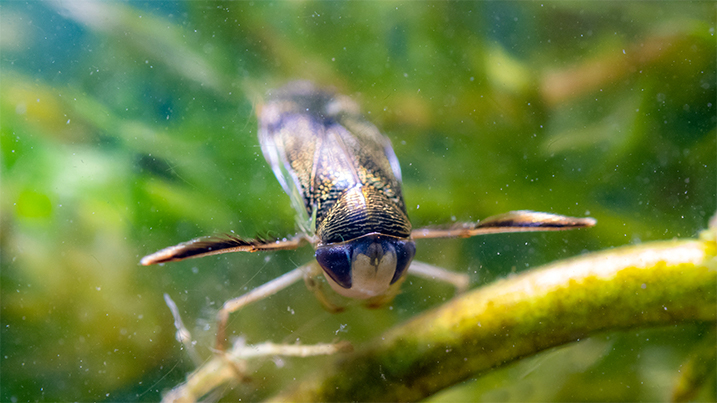
From those same ponds, amphibians will start to think about leaving. The adults may have done so already but now the froglets will be spending more time in long, wet, shady grasses to keep cool – a great reason to provide cover in your garden near to the pond. Newts and toads will return to their terrestrial life around this time, too.
A time of rapid growth
For our wetland birds, this is a key time of growth. Most chicks will have hatched by June and they’re now feeding voraciously and growing fast, putting on feathers so that by the end of the month it will be time to fledge. This means they’ll become independent of their parents and start to wander further afield. You’ll be in with a chance of spotting the fast growing young of little ringed plover, lapwing, oystercatcher, redshank, avocet, common terns, swallows, yellow wagtails, sedge and reed warbler, cuckoo and even osprey. The adult cuckoos will be heading south, back to the rainforests of the Congo; once they have deposited eggs in the nest of a host species, their work is done. However, many adult breeding birds will be taking things a little slower. After the hyper-activity of migration and breeding, they’ll use the summer to rest, feed and begin their moult.
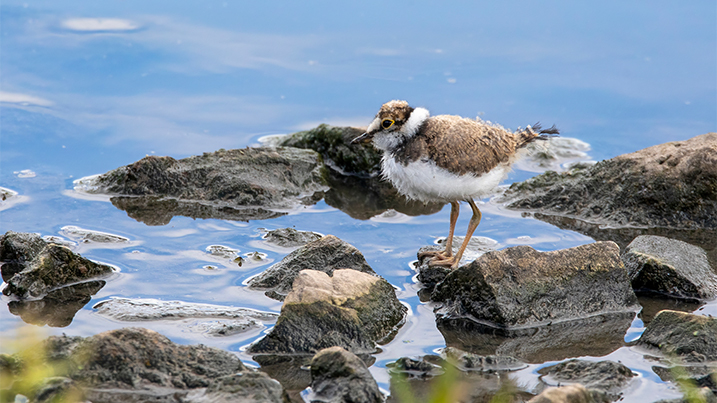
One example of moult that is easily spotted is the mallard. They can change from being one of our most recognisable wetland species to something rather harder to identify! The drakes are moulting out of their tired breeding plumage and enter what is known as ‘eclipse’ phase. As they shed their old feathers, they begin to look very similar to the females. But look closely and the sexes can be separated; the males always have a yellow-green bill and the females always orange. Keeping camouflaged has its benefits; moulting allows for birds to regrow a fresh set of feathers ready for the winter, but also means that for a period of time they’ll be flightless and risk a higher chance of predation.
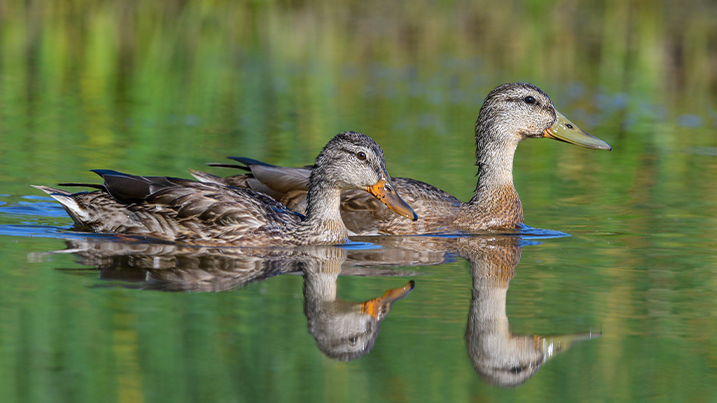
Wetlands in bloom
High summer is one of the best times to get out and take a look at wetland flora, too. In damp meadows, meadowsweet will be flowering, a tall-stemmed plant with creamy clusters of flowers. Take a sniff and you’ll understand why it is so named. In wetter areas, you might find water plantain, displaying small white-lilac flowers at the end of tall, thin stems. Another staple of the wetlands in summer is great reedmace, towering around wetland margins. At this time of year it is in flower, the unmistakeable cylindrical brown heads emerging above the green-grey leaves. Most of this is the female flower; look closely and you’ll spot the small, feathery male flowers on top.
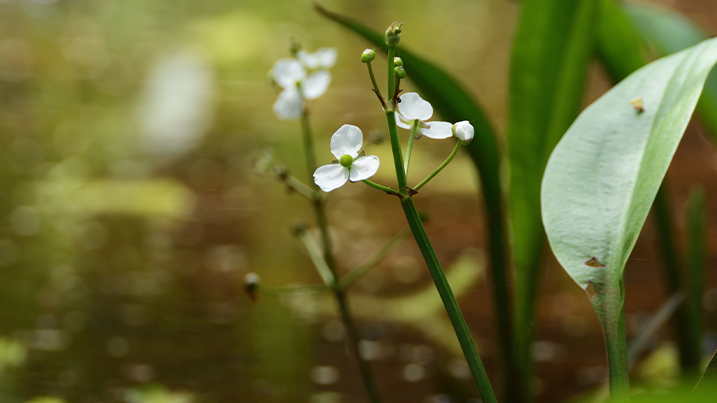
Where to see July wildlife
Emerald damselfly is common across the UK, as is the common darter dragonfly. The ruddy darter is common but not in Scotland, whereas the black darter is common but less so in southern England. Red-veined darter can be seen across England and coastal Wales. Common hawker is widespread but scarcer in areas of eastern and southern England. Brown hawker is widespread but not in Scotland, likewise with southern hawker which also gets harder to see in Northern Ireland.
All of our wetland-specialist moths are confined to the east of England, with some records along the south coast.
Other pond invertebrate life and many amphibian species are widespread.
Meadowsweet can be found throughout the UK, as can water plantain and great reedmace but both are scarcer in northern Scotland.
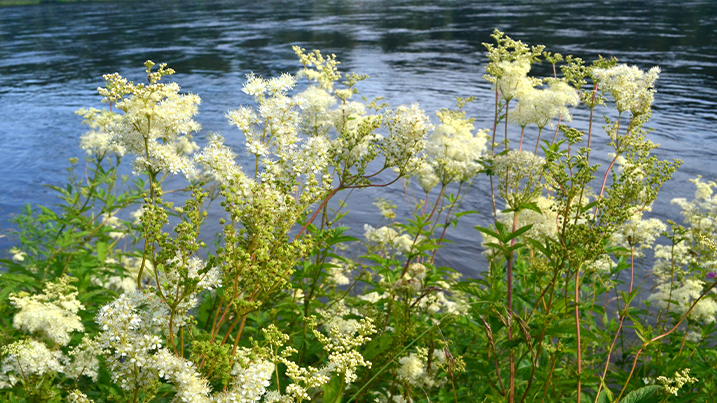
What species might you see at each of our centres?
Breeding birds such as swallows, sedge warbler and cuckoo can be seen across UK wetlands, whereas yellow wagtail and reed warbler are scarcer in the north, as is the hobby. Washington have a large common tern breeding colony but they also might be seen breeding at Castle Espie, Slimbridge, Martin Mere, London, Llanelli, Steart Marshes and Welney.
Ospreys have bred successfully at Caerlaverock every summer since 2006; in 2020 and 2021, the regular pair nested and had three chicks both years; all were female and all fledged successfully.
Many wader species use WWT wetlands for breeding. Lapwing, although declining across the UK, are at all sites apart from Castle Espie and Steart Marshes. Oystercatcher are at all sites apart from Castle Espie and Llanelli. Avocet can be seen breeding at Martin Mere, Slimbridge, Washington, Welney and Steart Marshes. Common redshank breed at Caerlaverock, London, Martin Mere, Slimbridge, Washington and Welney. Little ringed plover breed at London, Martin Mere, Slimbridge, Washington, Welney and Steart Marshes.
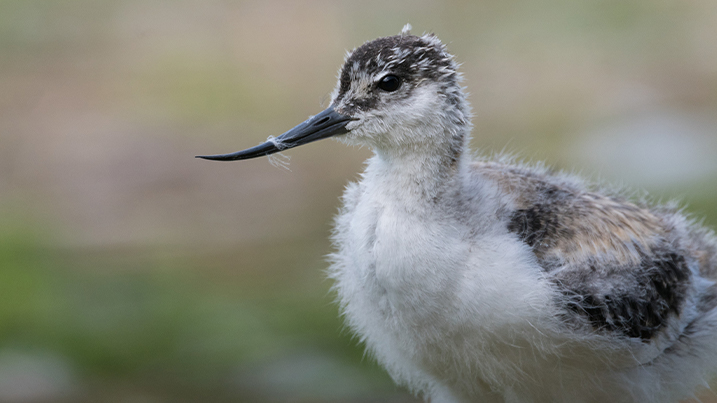
Mallards of course can be seen on water bodies large or small throughout the country, but remember they’ll be cryptically-plumaged during these summer months…
Find your nearest WWT wetland siteAugust
Next month, we’ll be in to August. You might be off on your summer holidays and our wading birds are behaving similarly, heading south from their breeding grounds and turning up at a wetland near you. We’ll also check in with later-emerging dragonflies and eye-catching flowering wetland plant species.
Wetland wildlife in AugustSupport from players of People's Postcode Lottery helps us care for our reserves and protect amazing wetland wildlife.

